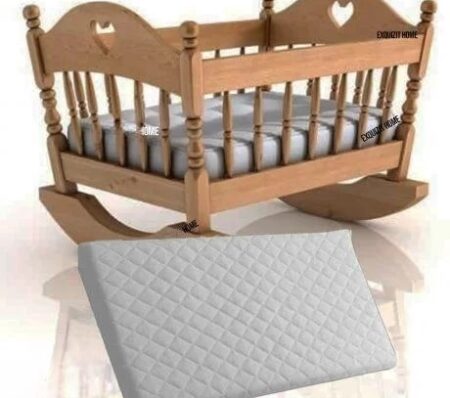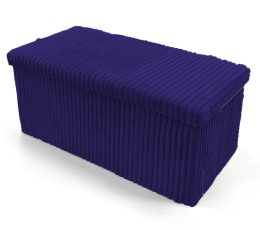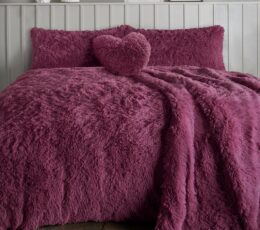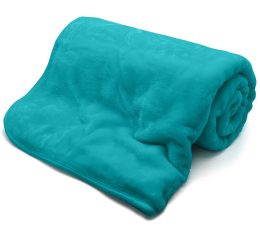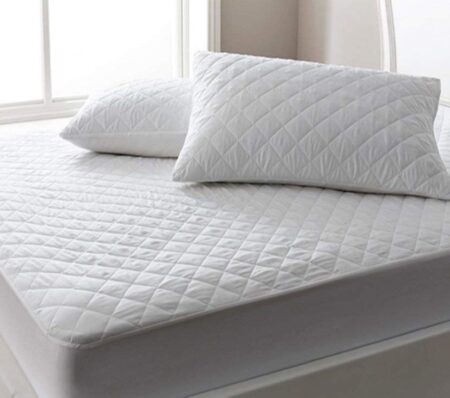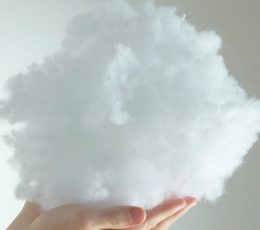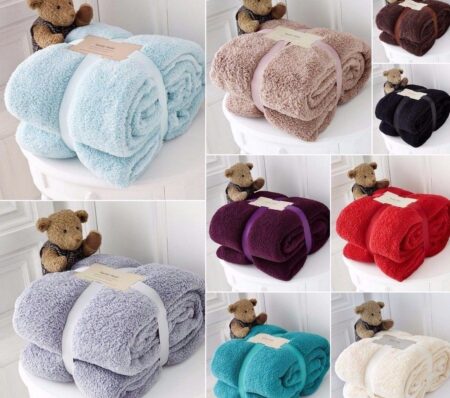A proper night’s rest not only aids in eliminating dark circles under your eyes but is also a vital component of a healthy lifestyle. Maintaining a clean bed is crucial for promoting relaxation and unwinding before bedtime, but have you considered when you last laundered your hotel quality pillows?
Fortunately, learning how to wash your pillow is a straightforward process, and the great news is that they do not require as frequent washing as sheets and pillowcases. It is recommended to wash pillows twice a year to ensure they remain fresh, hygienic, and free from dust mites. Rest peacefully, knowing that your head is supported by a pristine pillow, by following these quick and uncomplicated tips on washing pillows and make sure to follow the pillow guide for getting the best pillows!

How Often Should You Wash Pillows?
How often you wash your pillows depends on several factors, including personal preference, pillow type, and any specific health considerations. However, a general recommendation is to wash your pillows every three to six months. Make Sure to know how to choose the best comfort pillow for your late night sleep.
Regular washing helps remove sweat, oils, dust mites, dead skin cells, and other debris accumulating over time. Failure to clean your pillows regularly can lead to unpleasant odors, allergies, and potential health issues. Additionally, washing your pillows helps to maintain their freshness, fluffiness, and overall quality.
For individuals with allergies or respiratory conditions, such as asthma or hay fever, washing pillows more frequently may be necessary. This can help minimize exposure to allergens, such as dust mites and pet dander, which can exacerbate symptoms.
If you notice any stains, odors, or visible signs of dirt on your pillows, it’s a good idea to wash them promptly rather than waiting for the recommended three to six-month intervals. Stains and spills can attract bacteria and mold, leading to further contamination and deterioration of the pillow’s condition.
Top Tips for Washing Pillows
Prevention is key when it comes to keeping pillows stain-free. Always remember to cover pillows with pillowcases to avoid any stains from occurring.
If a stain transfers through the cover onto the pillow itself, it is important to treat it promptly. Start by applying a small amount of Persil small & mighty to the affected area as a pre-treatment. Then, wash the pillow as you normally would. If the pillow’s filling is feather or down, gently shake the feathers away from the stained area to isolate the stain. Proceed to treat the stain based on its nature.
Suppose you’re wondering whether you can wash cushions, too! The inner cushions of scatter cushions can be washed using the same method as pillows. Refer to the care label on the cushion for specific instructions, and feel free to consult the tips above for guidance on different fillings. Consider to know how many pillows should you sleep with to make your pillow less dirty and more washing friendly.

Can you wash pillows in the washing machine?
It is possible to wash many types of pillows, such as cotton, down, and synthetic ones, in the washing machine. However, it is important to always check the care instructions before doing so. While washing pillows at home is convenient, one drawback is that they may take a considerable amount of time to dry.
If you machine wash your pillows, ensure your machine is large enough to accommodate them. Additionally, ensure that the fabric case is sturdy enough to prevent the filling from coming loose, as this could potentially cause damage to the machine. Foam pillows, on the other hand, should not be washed in the machine. The washing instructions for foam pillows may recommend hand washing instead.
If you decide to hand wash foam pillows, carefully follow the manufacturer’s instructions and handle them with care. Alternatively, professional dry cleaning may be a better option. Regardless of the chosen method, airing out the pillows afterward is important to eliminate residual fumes thoroughly.
Washing Pillows in The Washing Machine
Please ensure to refer to the care label on your pillow before proceeding with cleaning. If the label indicates that the pillow is machine washable, you can safely clean it in the washing machine using a laundry detergent such as Persil Small & mighty. Follow the dosing instructions provided on the label.
To protect the pillow’s filling, it is recommended to place it inside a pillowcase before washing to prevent any snagging. Additionally, adjust the temperature settings according to the care label instructions and opt for a gentle wash cycle for best results.
If you have enough space in your washing machine, wash two pillows simultaneously to maintain a balanced load. Just look before machine washing is that the pillow you are washing is thick pillow or thin pillow so can better understand about machine washing your pillow.
Once the wash cycle is complete, it is crucial to dry your pillows thoroughly to prevent the growth of mold and mildew. Check the care labels to ensure that tumble drying is permitted. If so, place the pillows in a low-heat setting in the tumble dryer. After tumble drying, allow the pillows to completely dry by placing them in an airing cupboard for a few days. If tumble drying is not recommended, air-dry the pillows in a well-ventilated room or outside in the sun.

How to Hand-Wash Pillows
To clean your best pillows made of memory foam pillow or latex, it is important to avoid machine washing as it can damage the padding. Instead, follow these steps recommended by Sokolowski:
- Remove any pillowcases or protectors from the pillows.
- Prepare a clean bathtub or basin and fill it with lukewarm water, ensuring enough water to submerge the pillows fully.
- Add a small amount of natural detergent to the water, and then pour in 1/2 cup of white vinegar.
- Gently agitate the water to mix the detergent and vinegar, and then place the pillows into the water.
- Carefully squeeze and press the pillows, paying special attention to any stained areas. For more targeted cleaning, you can use a soft brush.
- Drain the soapy water from the bathtub or basin, then refill it with clean water for rinsing.
- Thoroughly rinse the pillows until all traces of detergent are washed out.
- Remove any excess water from the pillows after rinsing. Avoid wringing or twisting them, as this can damage their shape.
- Lay clean towels on a flat surface, such as a countertop or a drying rack. Place the pillows on the towels to air dry, ensuring they are properly shaped to maintain their form.
- During drying, remember to rotate the pillows to ensure even drying occasionally.
How to Remove Odors From Pillows
If your pillows retain any persistent smells even after being washed, consider utilizing sunlight to eliminate them. Sokolowski says, “Position the pillows in direct sunlight and open air for several hours, ensuring that all sides are exposed to the sun.” If this method proves ineffective, employing baking soda should provide a solution.
- Apply a light dusting of baking soda onto the pillows and allow it to sit for a few hours.
- Gently shake off any excess baking soda and employ a vacuum with a brush attachment to eliminate the remaining residue.
How To Maintain Your Pillow
Pillows provide support and comfort for a good night’s sleep. To ensure your pillows remain in top condition and continue to offer optimal comfort, it’s essential to implement a maintenance routine. Here are some tips for maintaining your pillows wheather if it is gel pillow or the duck feather pillow that steps is applicable to every pillow type:
- Regular Fluffing: Fluffing your pillows regularly helps to redistribute the filling and maintain their shape and loft. Give your pillows a good shake and fluff them up each morning to prevent them from becoming flat and lifeless.
- Use Pillow Protectors: Investing in pillow protectors is a simple yet effective way to prolong the life of your pillows and alwoys follow the pillow protector guide for buying it. Pillow protectors act as a barrier against sweat, oils, dust mites, and other allergens, helping to keep your pillows clean and hygienic. Wash the pillow protectors regularly along with your bedding to maintain freshness.
- Wash Pillowcases Frequently: Pillowcases are your first defense against dirt, oils, and sweat. Wash your pillowcases at least once a week, or more often if necessary, to prevent buildup and maintain a clean sleeping surface. Using high-quality, breathable pillowcases can also help extend the lifespan of your pillows.
- Follow Washing Instructions: Refer to the care label on your pillows for specific washing instructions. Different pillows require different care methods, so following the manufacturer’s recommendations is essential to avoid damaging them. Generally, most pillows can be machine-washed, but memory foam pillows and certain specialty pillows may require hand washing or spot cleaning.
- Keep Pillows Dry: Moisture can promote the growth of mold, mildew, and bacteria, compromising the integrity of your pillows. Ensure your pillows are completely dry before using them or storing them away. If you’ve washed your pillows, dry them on a low heat setting until thoroughly dry. Avoid exposing pillows to direct sunlight or damp environments.
- Rotate and Replace: Rotate your pillows regularly to promote even wear and tear. Alternating between pillows can help prevent them from becoming compressed or distorted over time. Additionally, consider replacing your pillows every one to two years or when they no longer provide adequate support or comfort. Make sure you know about how often should you replace your pillows to keep your sleep hygienic.
- Air Out Your Pillows: Periodically airing out your pillows can help eliminate odors and refresh them between washes. Hang your pillows outdoors on a sunny day, or place them in a well-ventilated area to allow air to circulate through the filling. This helps remove moisture and keep your pillows smelling fresh.
FAQs
Can I wash all types of pillows in the washing machine?
Most pillows can be washed in a washing machine, but checking the care label for specific instructions is essential. Memory foam pillows, for example, should not be submerged in water or exposed to high heat. Always follow the manufacturer’s recommendations to avoid damaging your pillows.
How often should I wash my pillows?
A general recommendation is to wash your pillows every three to six months. However, if you have allergies or respiratory issues, you may need to wash them more frequently, such as every one to two months. Regular washing helps remove sweat, oils, dust mites, and other allergens, ensuring a clean and hygienic sleeping environment.
Can I use bleach to wash my pillows?
Using bleach to wash pillows is not recommended, as it can damage the fibers and affect their quality. Instead, opt for a mild detergent that is suitable for delicate fabrics. Avoid using harsh chemicals that can cause discoloration or weaken the pillow materials.
How do I remove stains from my pillows?
To remove stains from pillows, pre-treat them with a gentle stain remover or a mixture of baking soda and water before washing. Allow the pre-treatment to sit for a few minutes to loosen the stains, then wash the pillows according to the care label instructions. Avoid using hot water, as it can set stains and make them more difficult to remove.
Can I dry my pillows in the dryer?
Yes, you can dry most pillows in the dryer, but using a low-heat setting is essential to avoid damaging the fibers. Make sure the pillows are thoroughly dry before removing them from the dryer to prevent moisture buildup, which can lead to mold and mildew growth.
How do I know if my pillows are machine washable?
Check the care label on your pillows to determine if they are machine washable. Most pillows will have care instructions indicating whether they can be washed in a washing machine and any specific guidelines to follow. It’s best to err on caution and hand wash your pillows instead if in doubt.
Can I wash feather or down pillows?
Feather and down pillows can be washed in a washing machine, but using a gentle cycle and mild detergent is important to avoid damaging the feathers or down clusters. You may also need to add a couple of clean tennis balls to the dryer to help fluff the pillows and redistribute the feathers or down during drying.
How do I maintain the shape of my pillows after washing?
To maintain the shape of your pillows after washing, fluff them regularly during drying. You can also manually reshape the pillows by fluffing and kneading them gently before and after drying. Avoid overstuffing the washing machine or dryer, which can compress the pillows and affect their shape.
In conclusion, washing your pillows regularly is crucial for maintaining cleanliness and hygiene and ensuring a comfortable sleep environment. Following these tips and guidelines, you can effectively wash your pillows and prolong their lifespan. Remember to check the care label, use gentle detergent, and thoroughly dry the pillows to keep them fresh and clean. With proper care and maintenance, your pillows will continue to provide the support and comfort you need for restful sleep.



